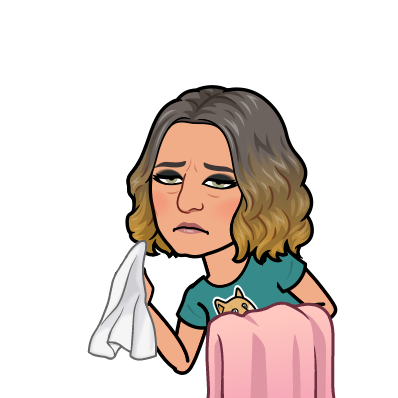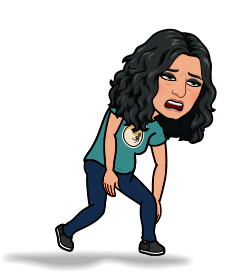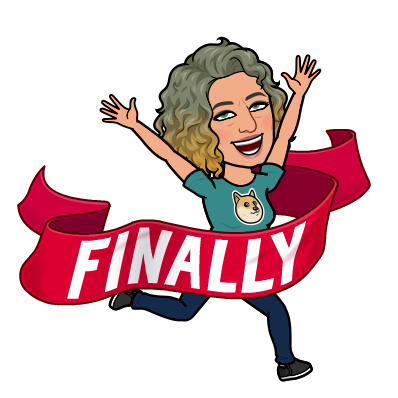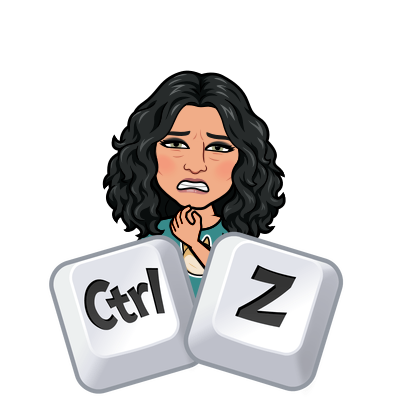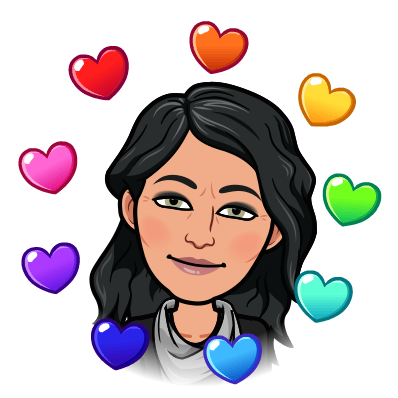- Level: A2, B1, B2, C1
- Discussion questions in the post
- Comparative and superlative handout 0.99$ on TPT
- Data collection handout (free)
- Language focus: rooms in the house, household items, comparatives and superlatives
- Media: video
When you go to someone’s house, what do you look at? Oh yes, we all do it. Maybe you like to check out the kitchen or take a peek in the bedrooms, or maybe you check how clean the toilet is.
As humans, we all have a natural curiosity about how others live. Sometimes we judge, but I think we are also just curious. Sometimes it can be as ordinary as comparing the toothpaste other people use.
Researcher Anna Rosling Rönnlund takes this curiosity to a new level. In her TED talk, Rönnlund presents her massive sociological photographic database. It contains over 40,000 photos of everyday objects, like cutlery, toys, stoves and yes, toilets. So if you wonder what a toothbrush looks like in Burkina Fasso, or you want to see what distinguishes low-income families and very high-income families, this visual database unlocks huge truths in tiny mundane objects. For a voyeur like me, it provides hours of fascinating revelations.
But Rönnlund’s intentions reach far beyond curiosity. She explains that the power of visual data is about helping us better understand the world we live in and perhaps re-align some of our misguided beliefs
And aside from a fantastic eye-opening experience, the talk and the tool makes for great ESL material to practice the language of comparisons. Take a look-see…
Warm up
- When you go to someone’s house, what do you like to look at? Why?
- What is the most important room in a home?
The Talk: See how the rest of the world lives, organized by income by Anna Rosling Rönnlund
Discussion Questions

- Why did Rönnlund take pictures of peoples’ homes?
- What can we learn about something simple like cutlery?
- Stop the video on some of the pictures and compare:
- Is there more or less
- Is it bigger or smaller?
- Is it simpler or more complicated?
- Is it tidier or messier?
- Is it cleaner or dirtier?
- etc…


